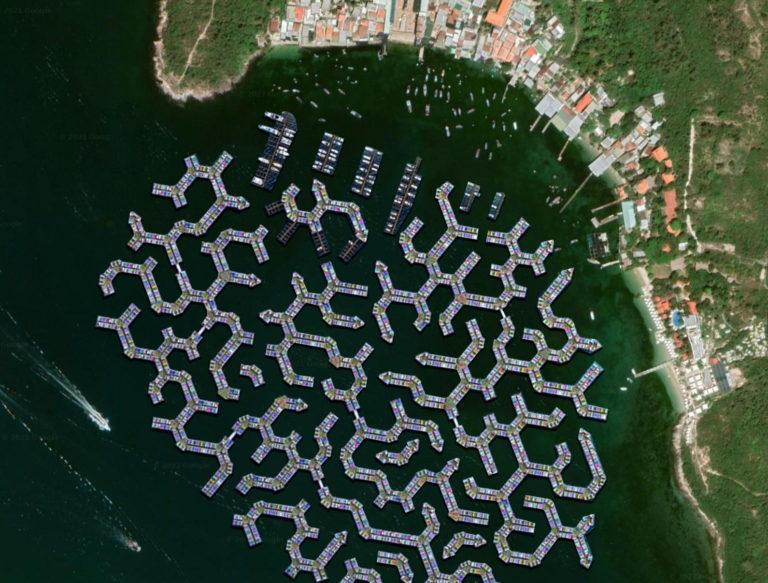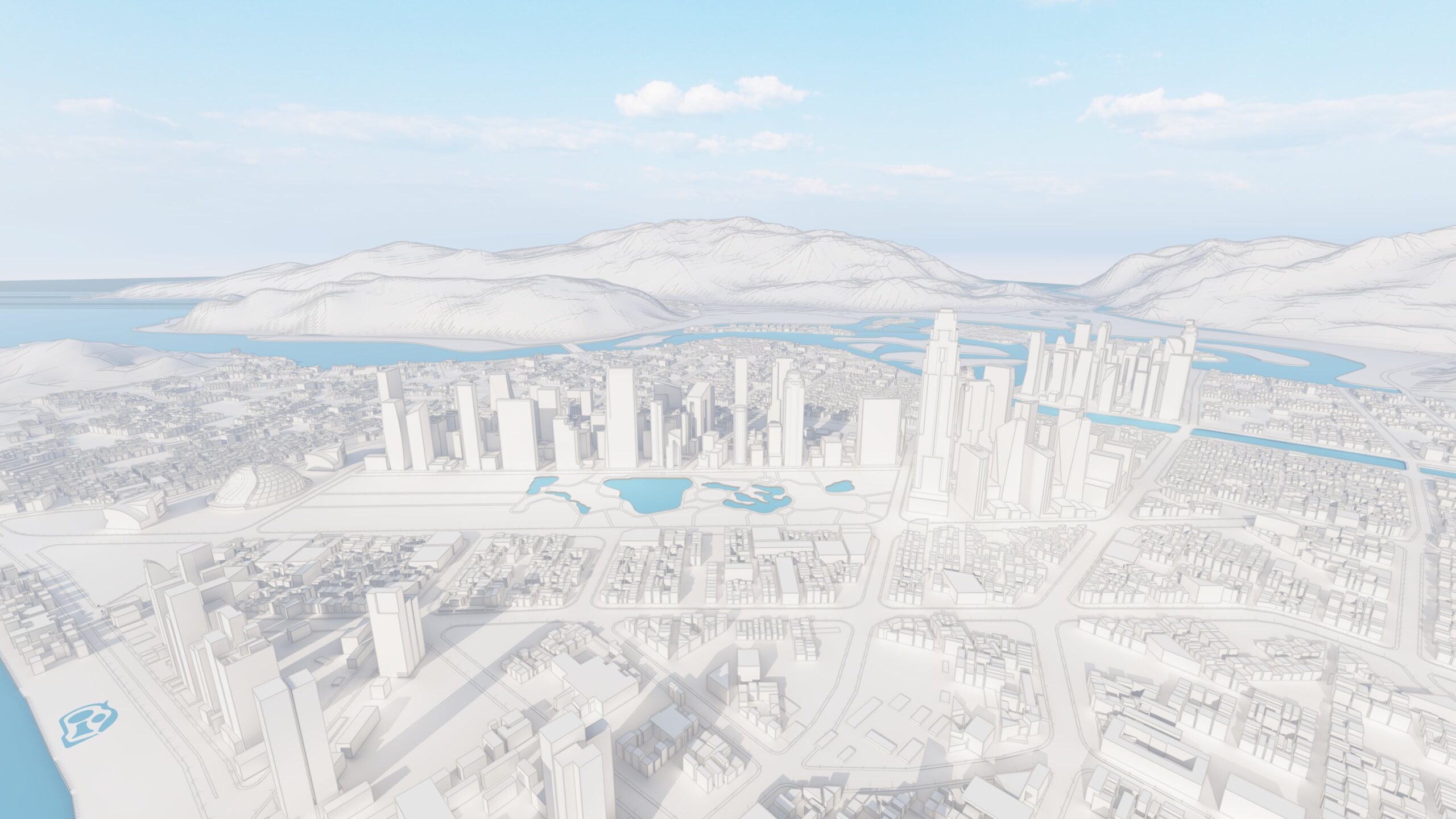Nha Trang 2040 Vision
Typology:
City Vision
Location:
Nha Trang, Vietnam
Client:
Savelle Property Group
Brief:
Nha Trang Transition 2040 is a visionary urban planning project that aims to transform the coastal city of Nha Trang, into a modern, eco-friendly, and thriving destination, while preserving its cultural heritage and fostering sustainable development.
Collaborators:
Green Hill Corporation
OMGEVING
Sustainable economic growth.
Our mission was to build a diverse and dynamic economic platform while maintaining a focus on harmonious development, sustainable economic growth, and ecological preservation, as we reimagined the city’s future with respect for its rich cultural identity.
Our approach combined spatial planning, urban restructuring, and sustainable ecological solutions to create a balanced and resilient city. By identifying underutilised areas and optimizing land use, the plan will establish a diverse economy that fosters innovation and supports long-term growth. Through the integration of modern technology and environmentally-conscious practices, we aimed to minimize the impact of urbanisation and protect the area’s unique ecosystem.
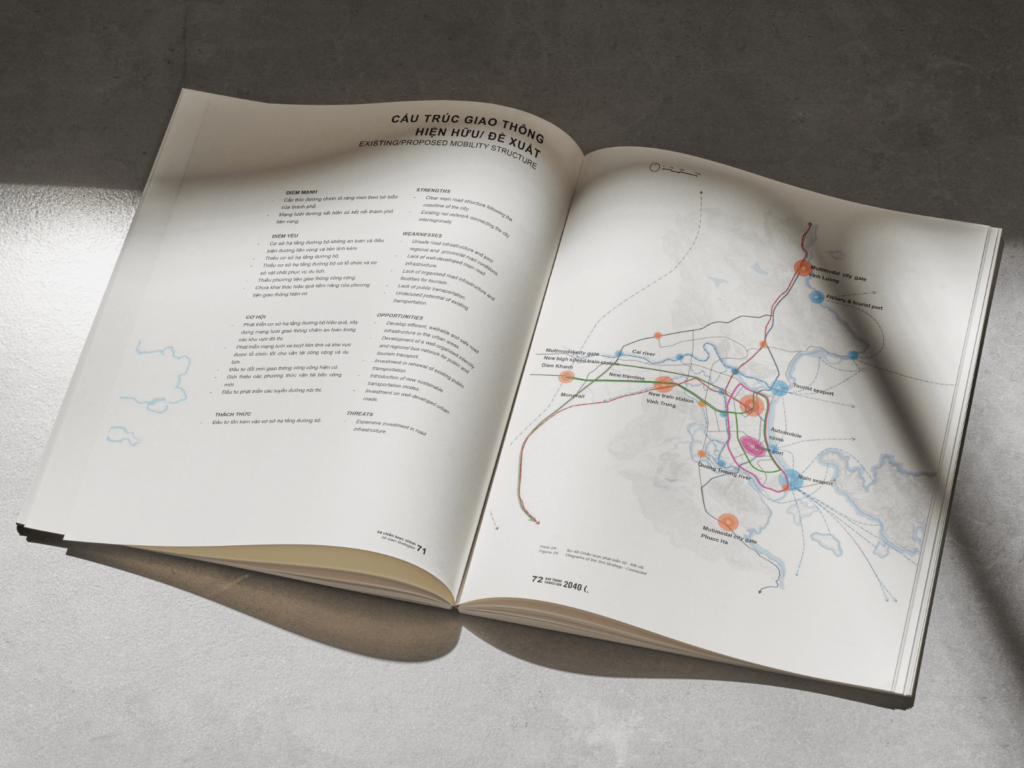
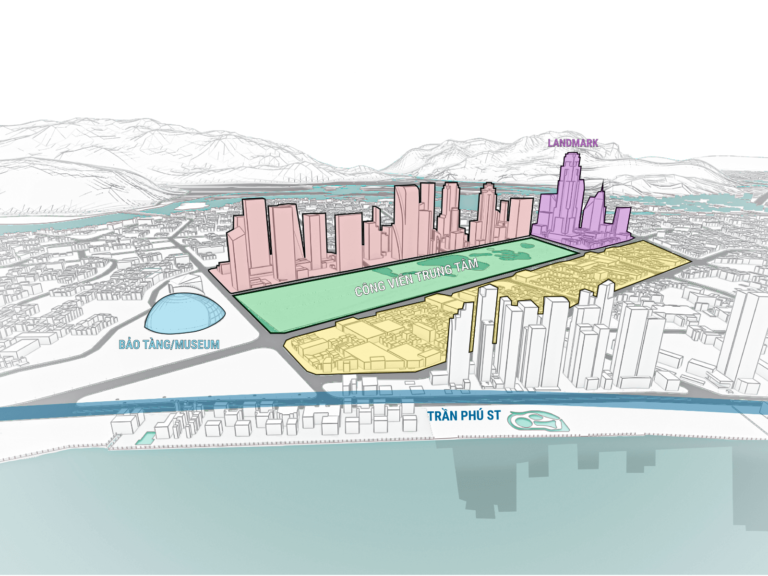
Revitalising the abandoned airport.
During the Vietnam War, this was the air base of the Republic of Vietnam Air Force and the United States Air Force. Having recently been handed back by the military for for civil use, there is an opportunity for renewal. The heart of this disused area will be a central park, the new economic and cultural center of the city. The park will form a catalyst for increased density and economic outcomes. Moreover, with the connection with Nha Trang museum and Ocean Square, this is the place to organize key cultural activities and festivals of the city, attracting the participation of residents and visitors.
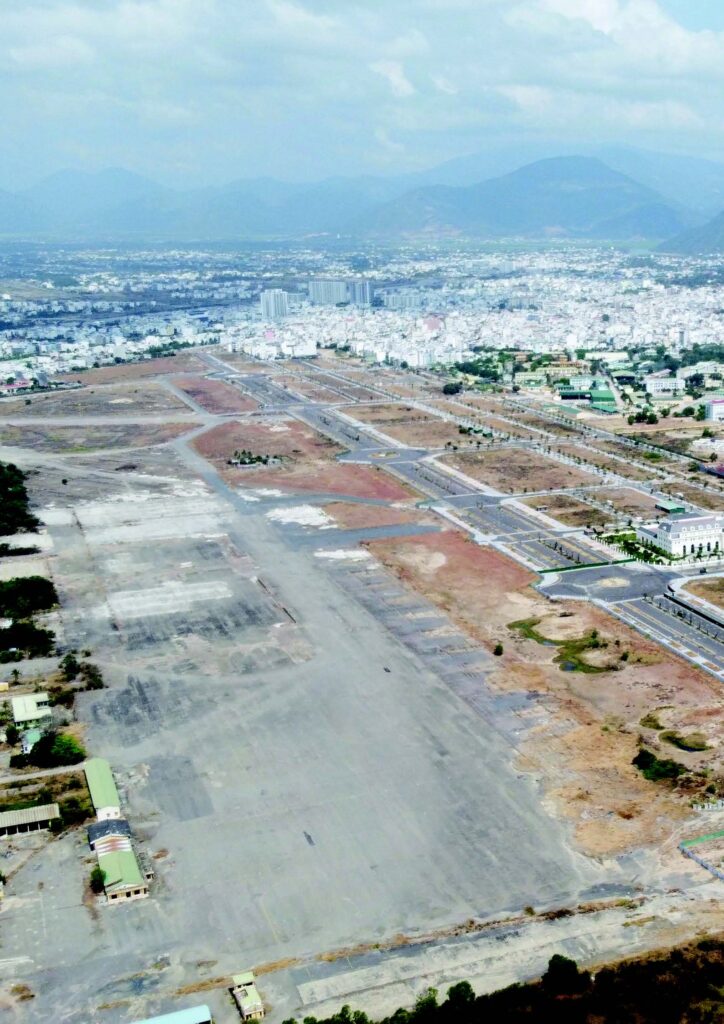
Ca Da Port.
Cau Da Port is located in the prominent headland overlooking the most heavily trafficed waterway in Nha Trang. Its prominence is a great opportunity not only in terms of convenient access to the various islands and reefs surrounding the city, but also as important landmark to announce the approach to the city by sea from the south. There exists an opportunity to enhance the existing connections that the port has with a new terminal building that can receive passengers coming from Cam Ranh International Airport by waterbus or passengers coming directly to Nha Trang by the sea route.
The investment will provide impetus for the gentrification of the surrounding neighbourhood, creasing both economic value to the area and an improved image of the city.
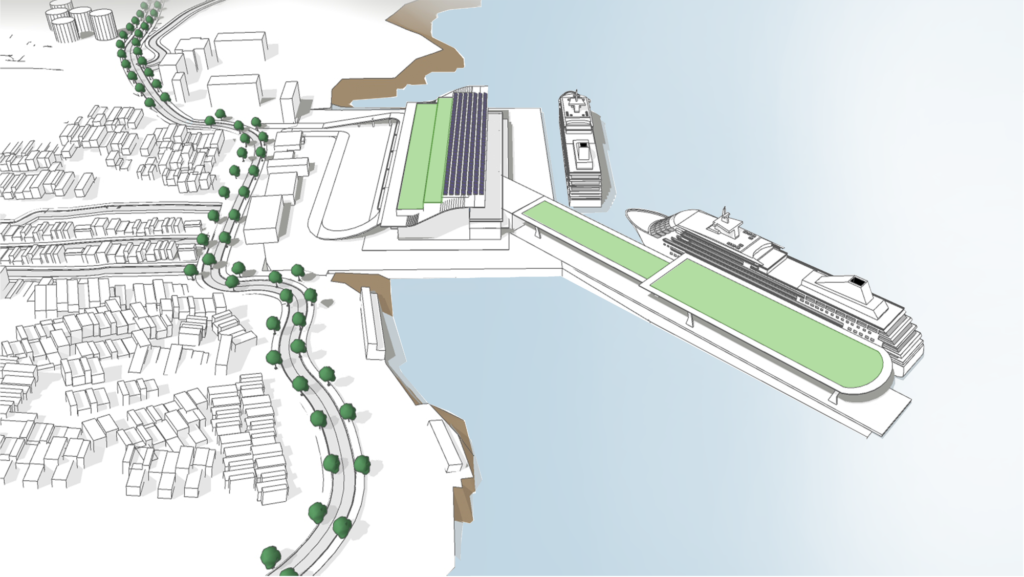

Re-imagining Vietnam's floating fishing villages.
With increasing sea levels presenting a threat to 90% of the worlds coastal cities by 2050, Floating Island is a concept designed from the form of the existing floating village, to grow, transform and adapt organically over time.
The floating city concept is infinately scalable evolving from neighborhoods to cities harnassing new aquaculture methods such as 3D ocean farming.
In these farms, the entire water column is used to grow kelp, scallops, muscles, and oysters, all of which work together to clean our oceans. The farms absorb carbon dioxide and nitrogen from the water, filter out toxins, and could be used as valuable tools to help mitigate the effects of climate change. These farms can be used to grow local food, organic fertiliser, biofuel, and more.
